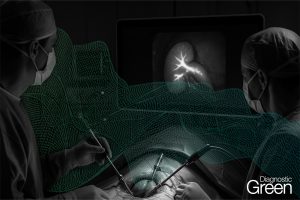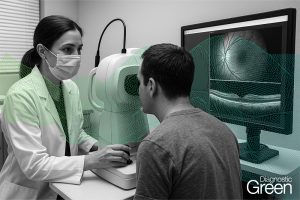Introduction: Stump cholecystitis is managed by performing a completion cholecystectomy, which can be done either laparoscopically or by an open method. The use of indocyanine green (ICG) is known to improve the identification of the biliary tree anatomy, facilitating Calot’s triangle dissection and shortening surgery, thereby reducing the risk of bile duct injuries and making laparoscopic cholecystectomy safer.
Patients and methods: A retrospective analysis was performed of prospectively collected data from 15 patients at our institution from March 2016 to March 2021. Magnetic resonance cholangiopancreatography was performed in all 15 cases, showing remnant gall bladder in all cases with calculi within. Four cases had a dilated common bile duct (CBD) with CBD calculi. Endoscopic retrograde cholangiopancreatography (ERCP) and stone removal followed by CBD stenting were performed in the four patients with CBD calculi. These four cases were scheduled for surgery 4 weeks post-ERCP. All 15 patients underwent laparoscopic completion cholecystectomy. The mean operating time was 80 min.
Results: The post-operative period of all cases was uneventful, and the patients were discharged on post-operative day 2 or day 3. All patients remained asymptomatic during 1-5 years of follow-up.
Conclusion: Laparoscopic completion cholecystectomy was performed safely in cases of stump cholecystitis and resulted in symptom relief during short-term follow-up. The use of ICG and near-infrared imaging in such cases helps identify the biliary anatomy, may contribute to the safety of laparoscopic completion cholecystectomy and might reduce the duration of surgery.
https://journals.lww.com/jmas/fulltext/9900/the_use_of_indocyanine_green_and_near_infrared.14.aspx




